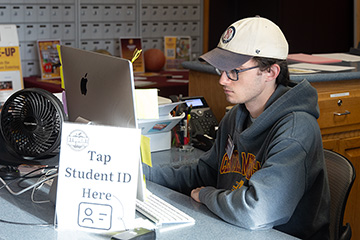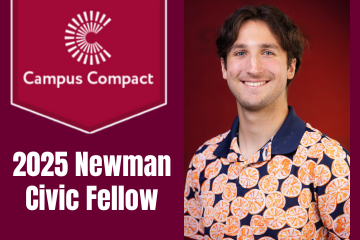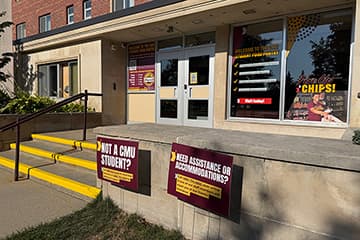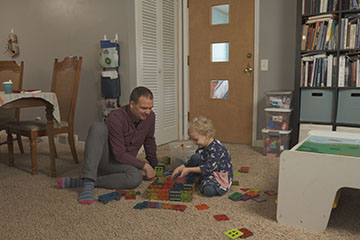Central Michigan University students increase voter participation
Participation rate more than 15 percent higher than national average
Since 2014, Central Michigan University has steadily increased voter participation rates among students through registration, education and access.
According to the newly released 2022 data from the National Study of Learning, Voting, and Engagement (NSLVE) report, 45.6% of CMU students voted in 2022, up from 34% in 2018. This increase highlights the growing civic engagement among students on campus.
The data reflects a broader trend of heightened civic awareness among CMU students compared to institutions nationally. According to NSLVE, the 2022 average voting rate among all other participating institutions is 30.6%.
CMU has worked to foster a proactive sense of civic engagement and identity through voter registration drives, educational workshops, and collaborations across campus and the community.
“We’re really excited to see CMU students voting at rates that outpace their peers,” said Symantha Dattilo, interim director of the Mary Ellen Brandell Volunteer Center and supervisor of the Central Civics program. “The increased voter turnout is shows how much our students care about their communities and is a testament to the hard work of all of our partners.”
For upcoming elections, the Volunteer Center and their partners will host additional voter registration drives and educational opportunities in the fall for students to participate in.
On National Voter Registration Day, Sept. 17, the Volunteer Center and the CMU Voter Coalition will hold their annual Fire Up the Vote event from 10 a.m. to 3 p.m. outside the Clarke Historical Library. Students can expect free food, give away items, games, and voter registration assistance from the League of Women Voters and the Mt. Pleasant City Clerk Heather Bouck.
The National Study of Learning, Voting, and Engagement (NSLVE) from Tufts University offers colleges and universities an opportunity to learn their student registration and voting rates. It examines their campus climate for political learning and engagement and provides correlations between specific student learning experiences and voting.




